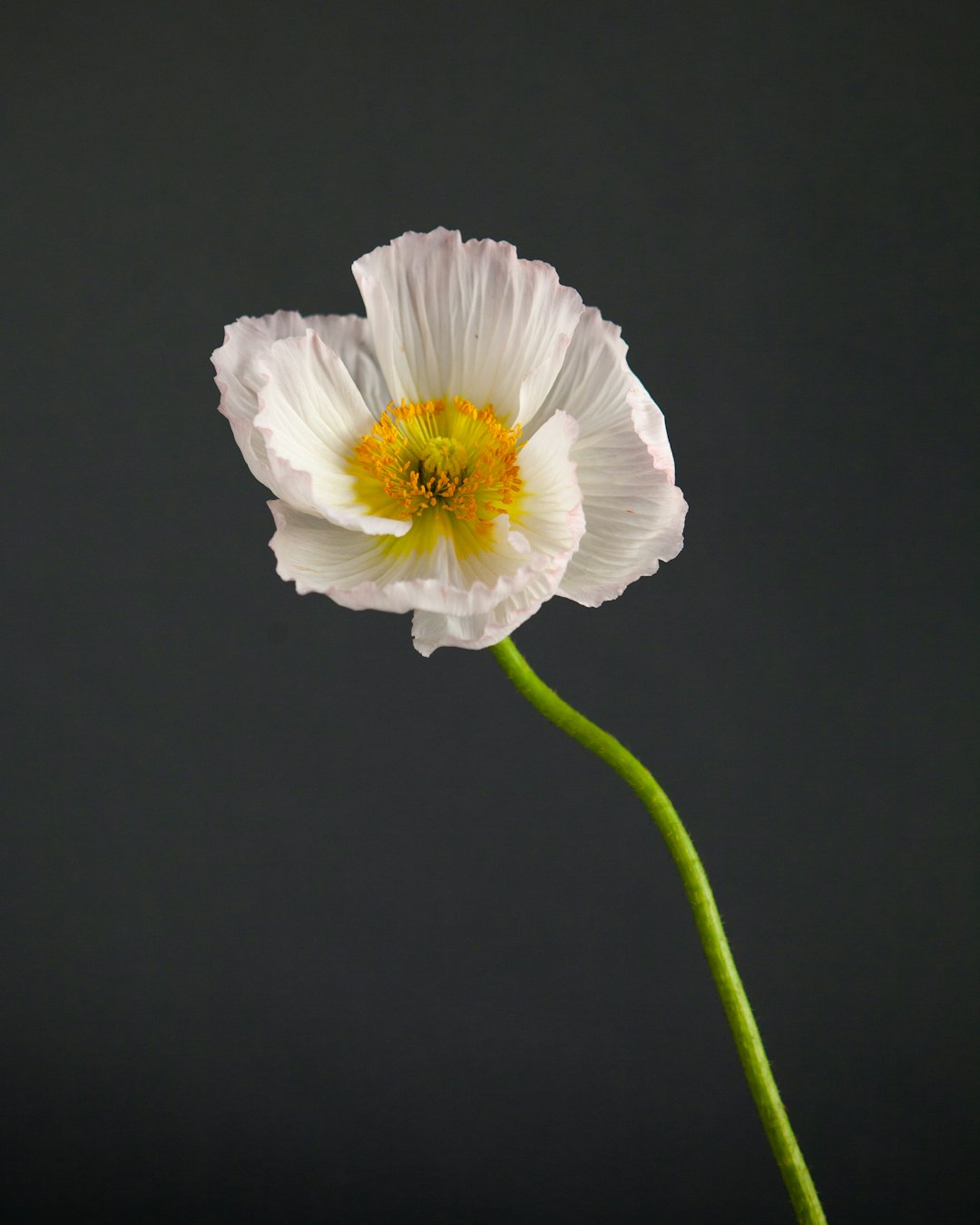Unleash the Power of Frogs and Toads in Your Garden

In the world of garden design, there's a natural and effective way to control pests that doesn't involve harsh chemicals or complex machinery. That secret weapon? Frogs and toads. These amphibians are nature's pest - control experts, and attracting them to your yard can transform your garden into a thriving, pest - free oasis.
First, let's understand why frogs and toads are so beneficial for your garden. Frogs and toads have a voracious appetite for insects. They can consume a wide variety of pests such as mosquitoes, slugs, snails, and beetles. A single frog or toad can eat dozens of insects in a single night. This not only helps in keeping the pest population in check but also reduces the need for chemical pesticides, which can be harmful to the environment and other beneficial organisms in your garden.
Now, the question is, how do you attract these helpful amphibians to your yard? The first step is to create a suitable habitat. Frogs and toads need water for breeding and to keep their skin moist. A small pond is an ideal addition to your garden. It doesn't have to be large; even a shallow, artificial pond with a diameter of a few feet can work wonders. You can line the pond with rocks and aquatic plants. The rocks provide hiding places for the frogs and toads, while the plants offer shade and oxygenate the water. Additionally, make sure the pond has a gentle slope so that the frogs and toads can easily get in and out.
Another important aspect of the habitat is shelter. Frogs and toads like to hide during the day to avoid predators and the heat of the sun. You can create shelters in your garden by piling up logs, stones, or creating small brush piles. These hiding spots will make your yard more inviting to them. You can also place some flower pots on their sides in secluded areas of your garden. The dark, cool interior of the pots provides a perfect hiding place for the amphibians.
Vegetation plays a crucial role in attracting frogs and toads. Plant a variety of native plants in your garden. Native plants are adapted to the local climate and soil conditions, and they provide food and shelter for insects, which in turn attract frogs and toads. Tall grasses, ferns, and wildflowers are excellent choices. They offer cover for the amphibians as they move around the garden and also attract the insects that the frogs and toads feed on.
When it comes to food, as mentioned earlier, frogs and toads are insectivores. To ensure a steady supply of food for them, avoid using chemical pesticides in your garden. Chemical pesticides not only kill the pests but also the beneficial insects that frogs and toads rely on for food. Instead, practice natural pest - control methods such as companion planting. For example, planting marigolds near your vegetables can repel nematodes and other pests, while attracting beneficial insects.
Lighting is another factor to consider. Frogs and toads are nocturnal creatures. Bright outdoor lights can disrupt their natural behavior. If you have outdoor lighting in your yard, consider using low - intensity, yellow - tinted lights. These lights are less attractive to insects and are less likely to interfere with the frogs' and toads' hunting and breeding activities.
It's also important to be patient when trying to attract frogs and toads. It may take some time for them to discover your garden and establish a population. Once they do, you'll start to notice the benefits. Your garden will become a more balanced ecosystem, with fewer pests and a healthier plant life.
In conclusion, attracting frogs and toads to your garden is a win - win situation. It's a natural and sustainable way to control pests while enhancing the beauty and biodiversity of your garden. By creating a suitable habitat, providing food, and being mindful of their needs, you can turn your yard into a haven for these amazing amphibians. So, roll up your sleeves, start making some changes to your garden design, and let the frogs and toads do the rest of the work.